Students who listen to this Grade 2 Core Knowledge History and Geography unit discover that Americans had a difficult task at hand after winning the Revolutionary War: they had to figure out a better way to govern themselves. Such leaders as James Madison, George Washington, Alexander Hamilton, and Benjamin Franklin traveled to Philadelphia to meet at the Constitutional Convention, with the goal of creating a new government. Students learn that the talks were held in secret in Independence Hall and that American leaders argued about many issues until they agreed to approve a new Constitution. They then hear that James Madison (whom we call the Father of the Constitution), along with John Jay and Alexander Hamilton, wrote the Federalist Papers to explain the document’s merits and to persuade the states to vote for it. Students find out that the states did finally approve the Constitution; that Madison wrote a Bill of Rights that was added to it; that the Constitution gives the American people the right to decide what the laws should be for our country; and that we can still amend it today.(5 lessons)
Hamilton: An American Musical Resources
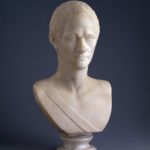
Alexander Hamilton, Founding Father and Broadway star, clashed with Thomas Jefferson politically and morally. But both figures were essential to the founding of the United States of America. Check out this page for resources on Jefferson, Hamilton, and other main players from the Broadway musical “Hamilton: An American Musical.”
Alexander Hamilton Primary Source Documents
Alexander Hamilton, the subject of Lin-Manuel Miranda’s eponymous Broadway show, influenced the drafting the United States Constitution, ensured its ratification, and helped to save the fledgling nation from financial ruin. Learn more about Hamilton’s role at the Constitutional Convention, New York Ratifying Convention, and in drafting the famous Federalist Papers by exploring historical documents in the ConSource digital library.
The American Presidency: Core Documents
This collection of documents on the presidency begins with Alexander Hamilton’s commentary on the sections of the Constitution related to the executive branch and ends with President Barack Obama’s address to the nation defending his interpretation of executive authority under the Constitution to use force against the Syrian regime. The documents cover the executive’s role and the specific topics of presidential selection, term limits, and impeachment.
Starter Kit: Judicial Branch Podcast
The Supreme Court, considered by some to be the most powerful branch, had humble beginnings. How did it stop being, in the words of Alexander Hamilton, “”next to nothing?” Do politics affect the court’s decisions? And how do cases even get there?
This episode features Larry Robbins, lawyer and eighteen-time advocate in the Supreme Court, and Kathryn DePalo, professor at Florida International University and past president of the Florida Political Science Association.
This short episode includes a one-page Graphic Organizer for students to take notes on while listening, as well as discussion questions on the back side.
Fame and the Founders
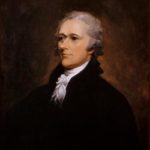
This short video explores the Founders’ understanding of fame. As understood by men like Alexander Hamilton, the pursuit of fame in the 18th century meant the desire to live an honorable life of public service. Professional Daniel Dreisbach presents a clear contrast between the 18th and 21st century’s notion of fame.
The Constitutional Convention: Four Founding Fathers You May Never Have Met

Introduce your students to four key, but relatively unknown, contributors to the U.S. Constitution — Oliver Ellsworth, Alexander Hamilton, William Paterson, and Edmund Randolph. Learn through their words and the words of others how the Founding Fathers created “a model of cooperative statesmanship and the art of compromise.”
Key Individuals in Constitutional Ratification
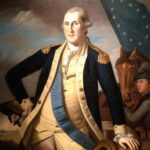
This short video offers insights as to who were the most significant individuals in the ratification debates. Each state had its standouts: John Hancock in Massachusetts, Melancton Smith and Alexander Hamilton in New York; James Madison in Virginia. However, Professor John Kaminski concludes that George Washington, despite his reservations about becoming involved in the debate, was the most influential figure in securing ratification of the Constitution.
Act I: What Were the Various Plans at the Constitutional Convention?
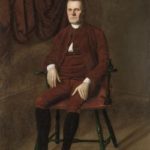
This short video highlights the four plans discussed during the first two weeks of the Convention: Madison’s Virginia Plan; Sherman’s New Jersey Plan; Hamilton’s “monarchical” plan; and, finally, Madison’s amended Virginia Plan. Each plan attempted to reconcile the potential conflicts between a strong national government and strong state governments. Professor Gordon Lloyd notes that an inability to compromise resulted in a stalemate after the first two weeks.
Founders Online
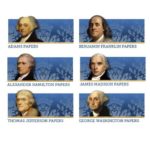
The website brings together the papers of six of the nation’s Founders (Washington, Adams, Jefferson, Madison, Franklin, and Hamilton) into one searchable database. The site has taken the content produced by teams of historians and documentary editors who have worked for many years to transcribe and annotate thousands of primary source documents from hundreds of sources and publish them. The website combines all these document transcriptions and annotations into one free online resource.